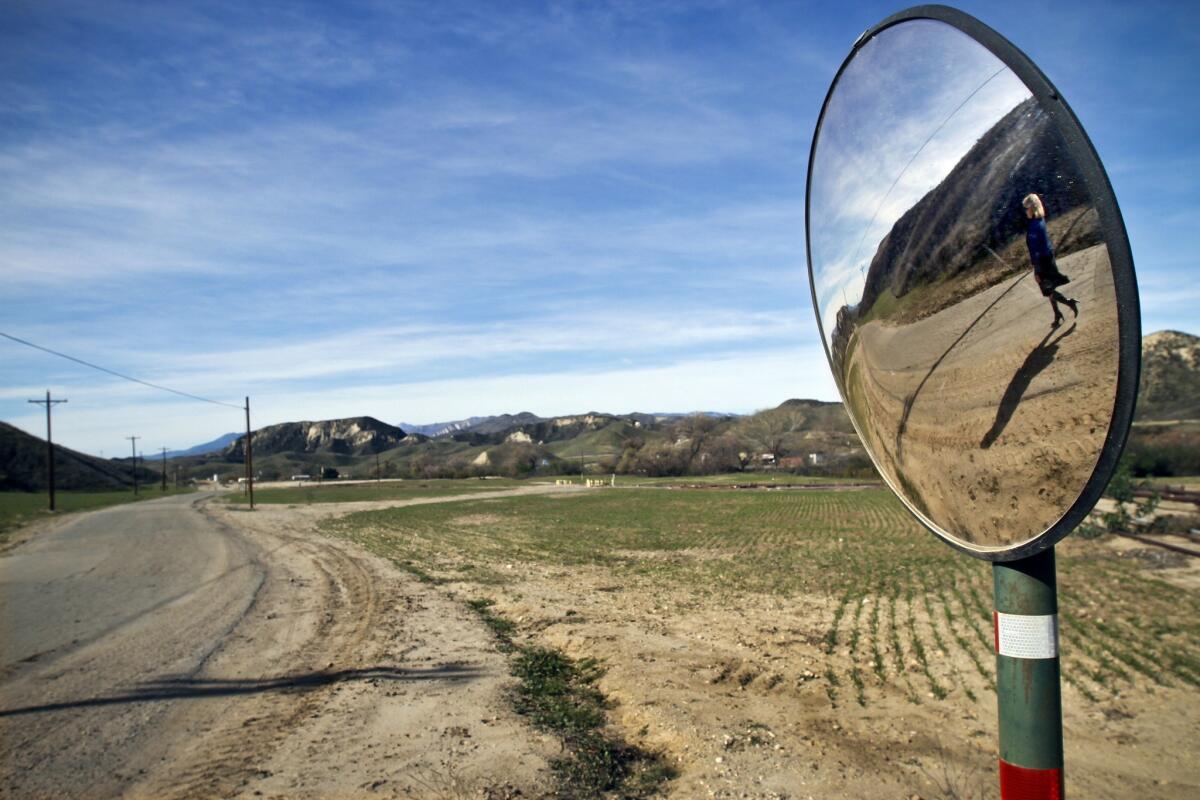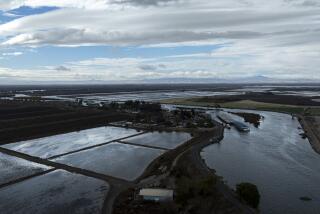Court clears way for Newhall Ranch project to proceed

A state appellate court on Thursday cleared away a legal obstacle standing in the way of plans to build a community of 60,000 residents about 35 miles north of Los Angeles.
The court essentially restored a permit issued by the California Department of Fish and Wildlife that granted the Newhall Land and Farming Co. permission to alter a wild river.
A three-judge panel of the California 2nd District Court of Appeal overturned a Los Angeles County Superior Court ruling that set aside a 5,828-page environmental impact report. The appellant court found that the report adequately analyzed the project’s potential impact on endangered fauna and flora and Native American cultural artifacts.
It also supported the agency’s determination that storm-drain runoff from the project would not harm juvenile steelhead trout downstream in Ventura County.
The panel acted on a lawsuit filed against the agency by a coalition of environmental groups opposed to the project, which is planned for 2,587 acres along the Santa Clara River.
“The appellate decision fully vindicates the decade-long effort to secure all of the state environmental permits necessary for Newhall Ranch,” said Marlee Lauffer, spokeswoman for the developer, which plans to build 19,812 residential units and about 51/2 million square feet of commercial space.
But the ruling does not end the legal challenges. Jason Weiner, a staff attorney with the nonprofit Wishtoyo Foundation, said an appeal to the California Supreme Court is very likely.
Also, earlier this month, conservation groups led by the Center for Biological Diversity sued the U.S. Army Corps of Engineers and the U.S. Environmental Protection Agency in federal court over their 2011 approval of a permit authorizing the developer to fill in and alter more than 82 acres of flood plain and tributaries during construction of the project, which will be built in phases over the next 20 to 30 years.







